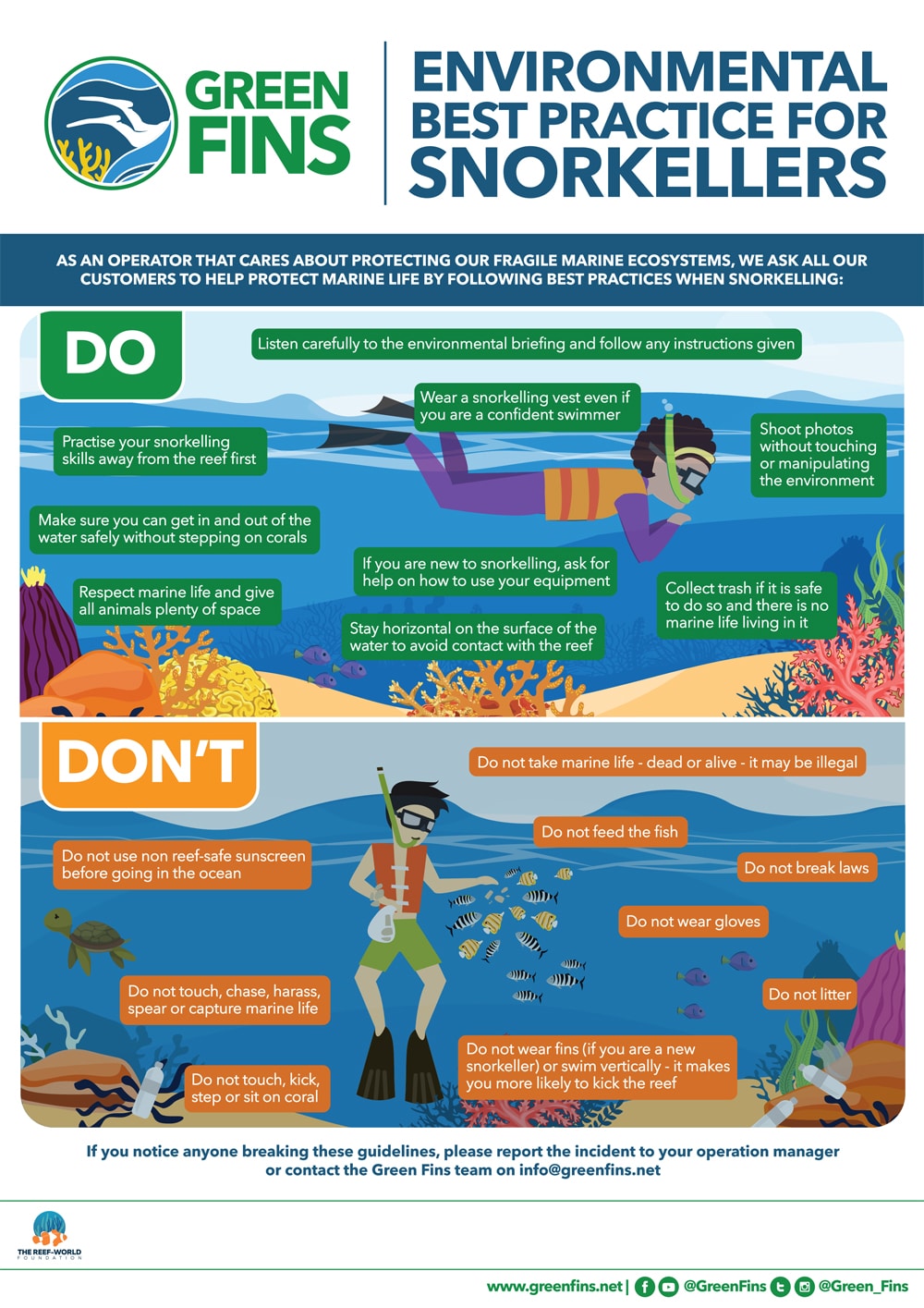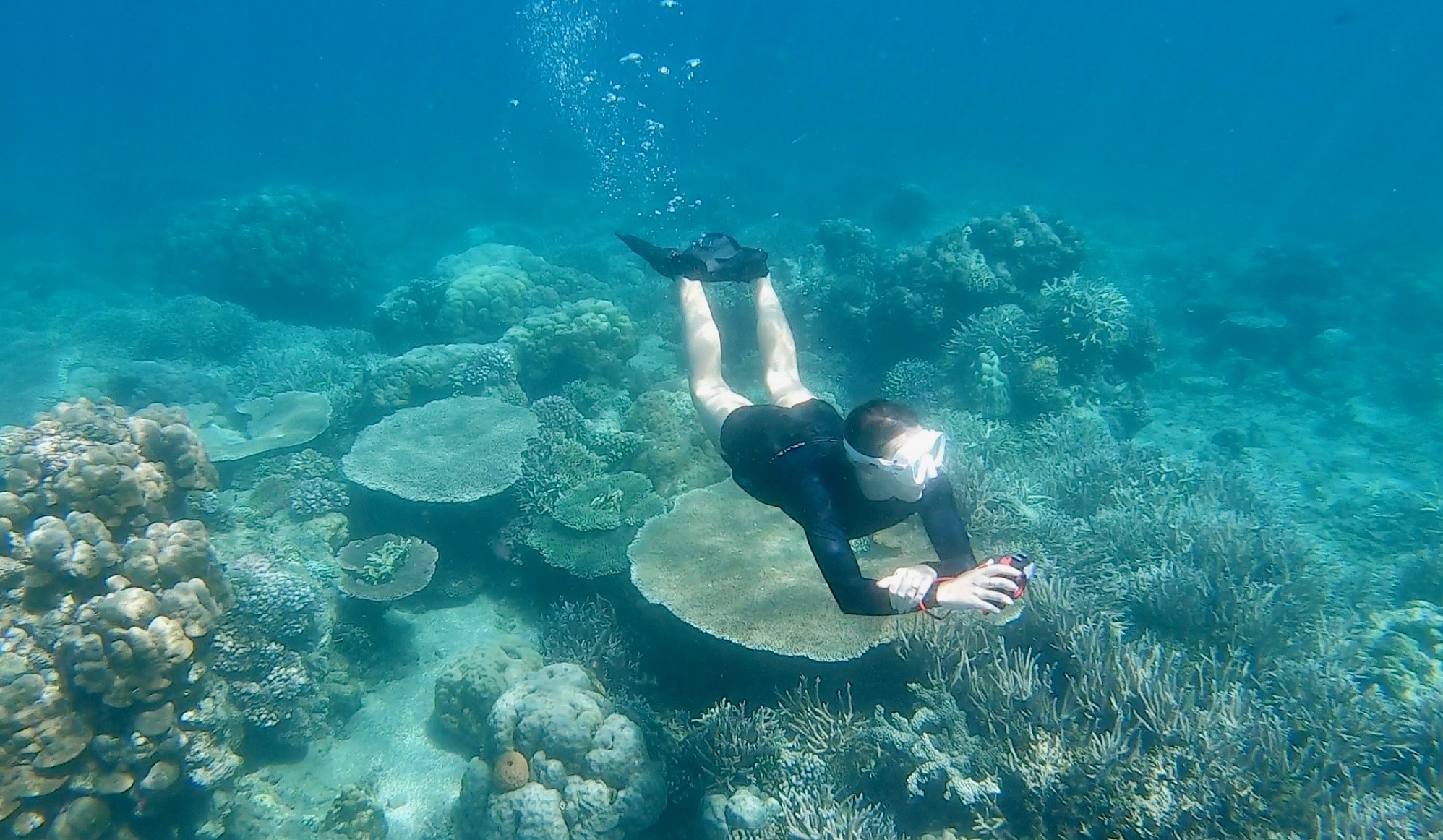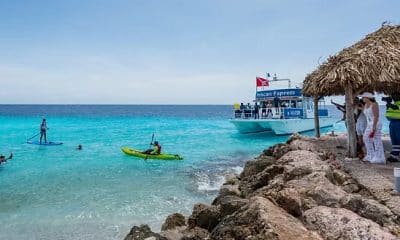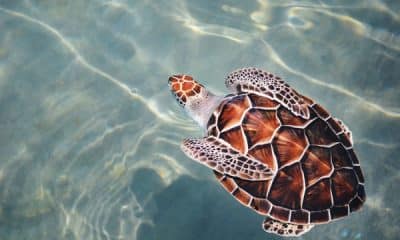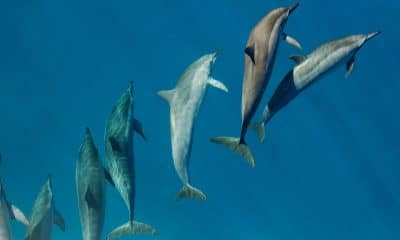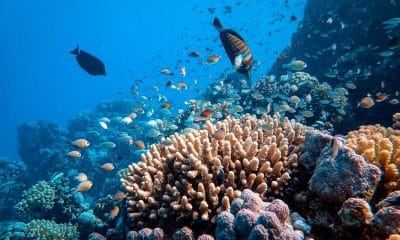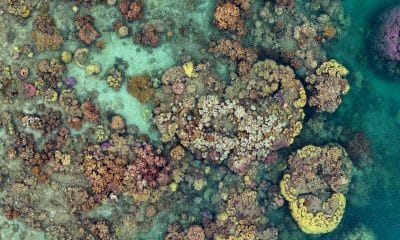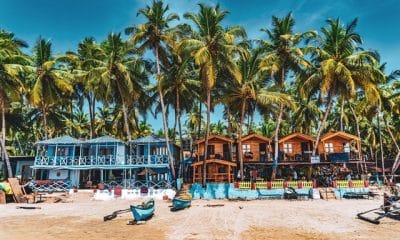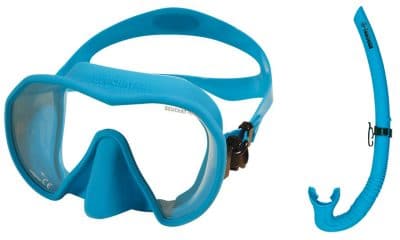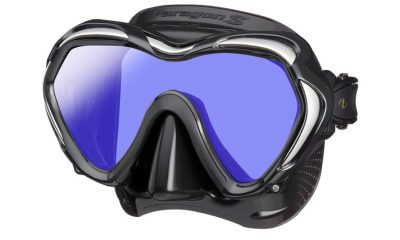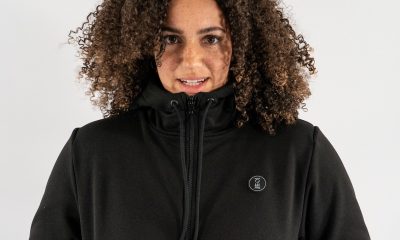News
Reef-World launches the new Green Fins Environmental Best practice for Snorkellers
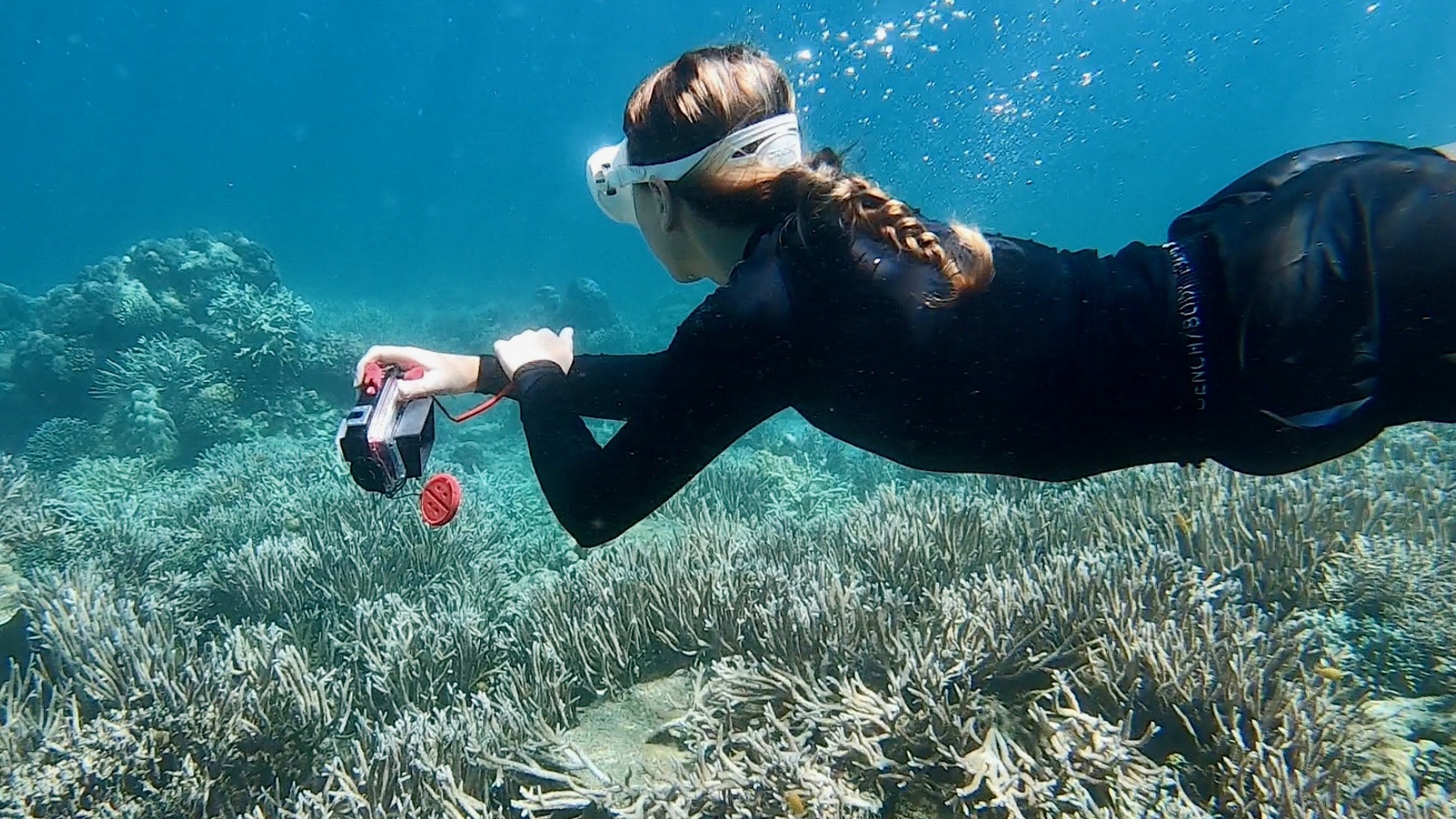
 The Reef-World Foundation – the international coordinator of the UN Environment Programme’s Green Fins initiative – has launched a new poster on Green Fins Environmental Best Practice for Snorkellers. These guidelines help marine tourism operators inform their guests about environmental best practices while snorkelling in an effort to protect marine ecosystems.
The Reef-World Foundation – the international coordinator of the UN Environment Programme’s Green Fins initiative – has launched a new poster on Green Fins Environmental Best Practice for Snorkellers. These guidelines help marine tourism operators inform their guests about environmental best practices while snorkelling in an effort to protect marine ecosystems.
Snorkelling is one of the most popular water sports worldwide. Unlike many other marine tourism activities, it requires minimal equipment and training, making it one of the most accessible activities for tourists to explore the underwater world. However, if not done responsibly, the cumulative impact from all snorkellers worldwide could increase pressure on the already vulnerable coral reefs. Harmful practices while snorkelling, such as fish feeding, standing on coral and chasing marine life, have been observed globally. Often, tourists aren’t aware of the negative impact of these actions.
Due to its popularity and tourism restarting in many parts of the world, The Reef-World Foundation finds it important to raise awareness and educate both marine tourism operators and tourists on conducting snorkelling activities in an environmentally friendly manner. This can help minimise the negative impact on the marine environment, encouraging the tourism industry to shape a better post-pandemic future.
Snorkelling, unlike diving, is often an unled or unsupervised activity, and in many places is not well regulated. Therefore, the Green Fins Environmental Best Practice for Snorkellers poster can also be used by tourists to equip themselves with the knowledge and guidance to limit potentially negative impacts. This enables them to enjoy the coral reefs and other marine ecosystems responsibly for years to come, including when they’re snorkelling independently without guides.
The guidance includes a wide range of recommendations adapted from the Green Fins Code of Conduct: reducing toxic chemicals from entering the ocean by using reef-safe sunscreens, abiding by the local laws, and learning how to use snorkel equipment. These recommendations are consolidated from professionals and marine tourism operators in the industry.
Chloe Harvey, Director at Reef-World, said: “Snorkelling is a fabulous way to get people into the water and enjoy the wonders of the marine environment. Such experiences are a powerful tool to inspire people to make changes to protect these vital marine resources. However, there are very few touchpoints for raising awareness of best practice along a regular snorkeller’s pathway from land to ocean. We hope that this new Green Fins Environmental Best Practice for Snorkellers will fill this gap — provide vital guidance and allow holidaymakers to enjoy snorkelling without unwittingly jeopardising the health of the very environment they have come to see.”
The Green Fins Environmental Best Practice for Snorkellers poster is available for free on the Green Fins website here.
For more information, please visit www.reef-world.org or www.greenfins.net. Dive and snorkel operators interested in signing up to Green Fins can find the membership application form at: www.greenfins.net/how-to-join.
News
Free guided snorkel trip for serving Armed Forces members this Saturday
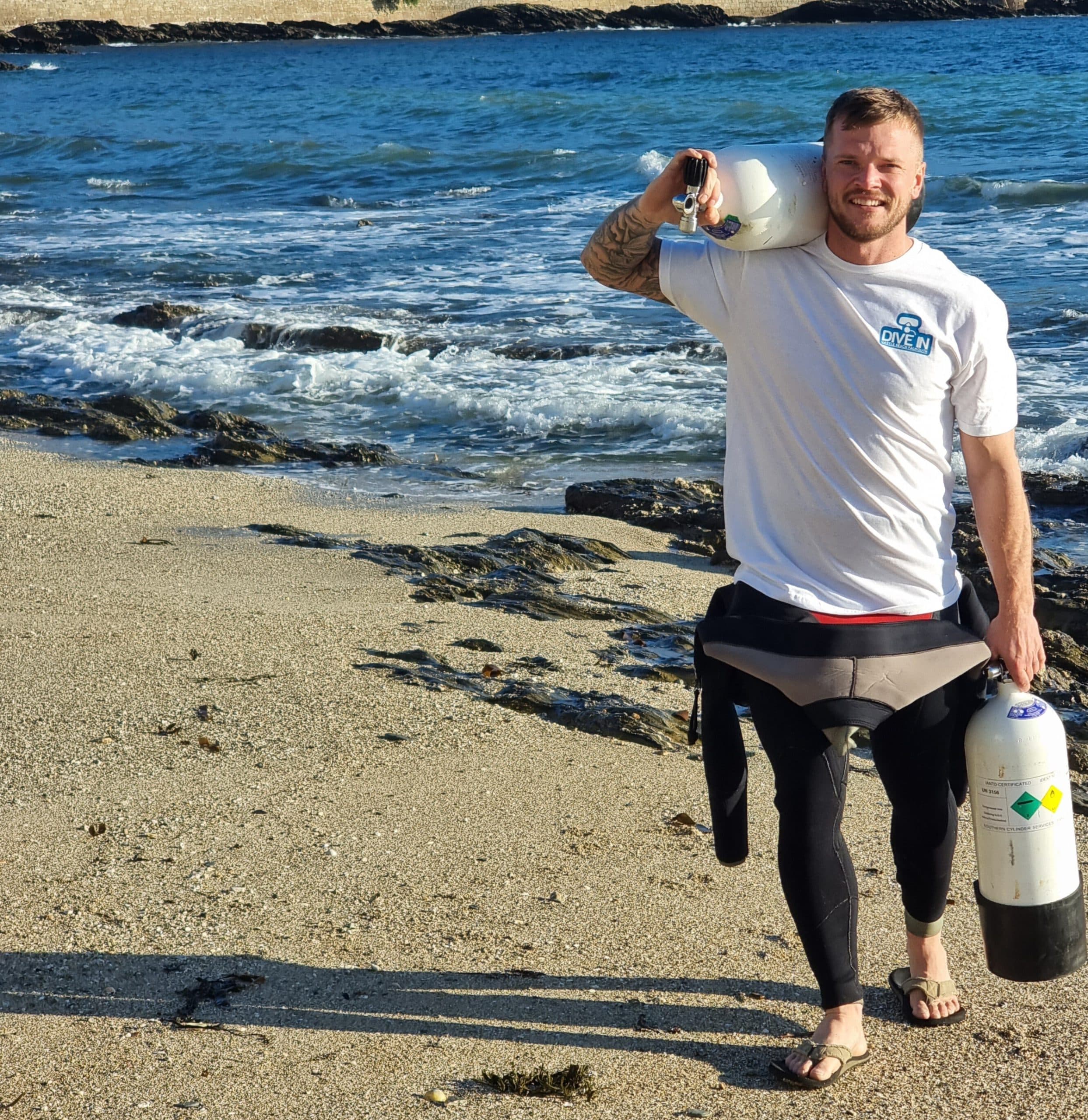
To mark Armed Forces Day on Saturday 24th June 2023, PADI Dive Centre, Dive In Falmouth, is offering serving members of the Armed Forces and a guest the opportunity to enjoy a free guided snorkel around the Falmouth Coast in Cornwall.
Armed Forces Day is an annual event in the UK celebrated to commemorate the service of men and women in the British Armed Forces.
Dan McColl, a 34-year-old Falmouth resident is Lead Instructor and Founder at Dive In Falmouth. Dan is an ex Royal Marine Commando and Royal Naval Mine Clearance Diver with experience in military, commercial and recreational diver.

Dan tells us: “I have always had a passion for the ocean and am equally passionate about supporting the Armed Forces. I wanted to show my gratitude for the men and women that serve this country by giving back with a special underwater adventure this Armed Forces Day.”
Based on Castle Beach in Falmouth, Dan and his team will provide free guided snorkel trips throughout the day. Attendees will have the opportunity to discover the amazing underwater world around the stunning Cornwall coastline and depending on the weather will see incredible marine life ranging from catsharks and cuttlefish to spider crabs, seals, lobsters and lots more.
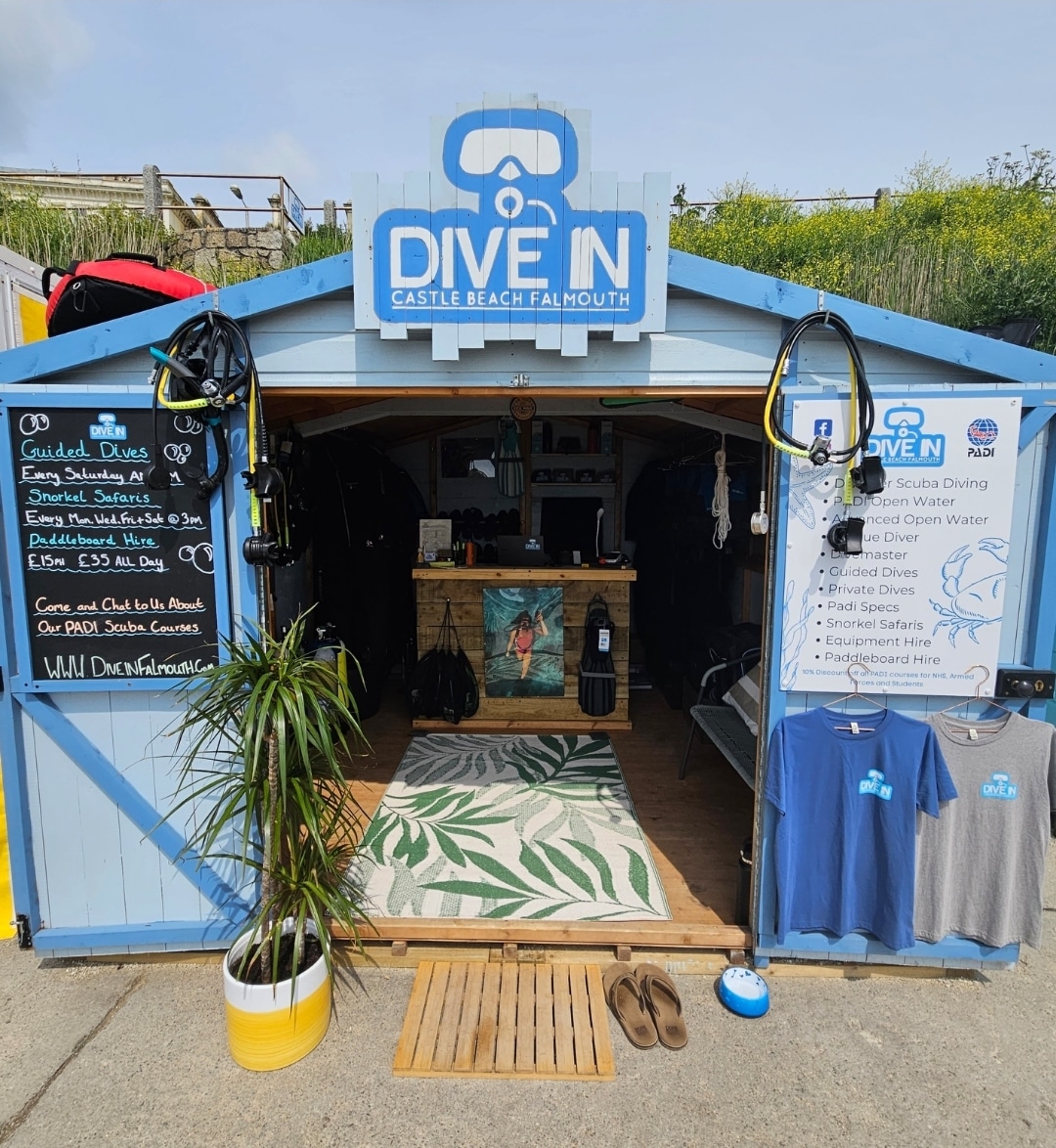
Dive In Falmouth offer a range PADI scuba diving courses from Discover Scuba Diving for complete novices through to Open Water certifications, all the way up to Divemaster.
If you are a serving member of the Armed Forces and would like to join Dan and his team for an exciting snorkelling experience, please email: Contactus@diveinfalmouth.com or call 07361 541119 to secure your space.
PADI Dive Centre, Dive In Falmouth offer a 10% discount on all their PADI courses for students, NHS workers and member of the Armed Forces throughout the year. For more information visit: www.diveinfalmouth.com
Blogs
The Suit Ocean Team leads the Ultimate Curacao Snorkeling Adventure
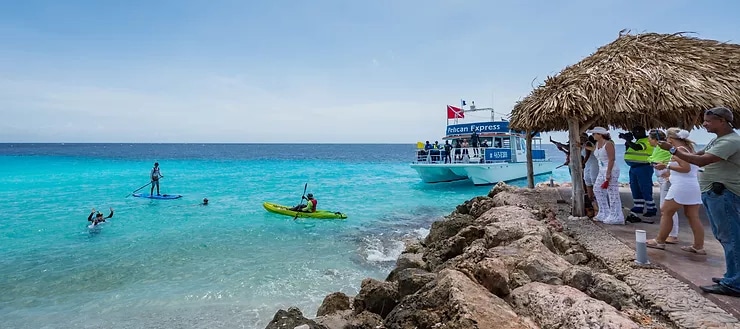
As passionate residents of our Dutch Caribbean Island, we must congratulate The Suit Ocean Team for creating more awareness about the importance of protecting our beautiful fringing reef systems in Curacao.
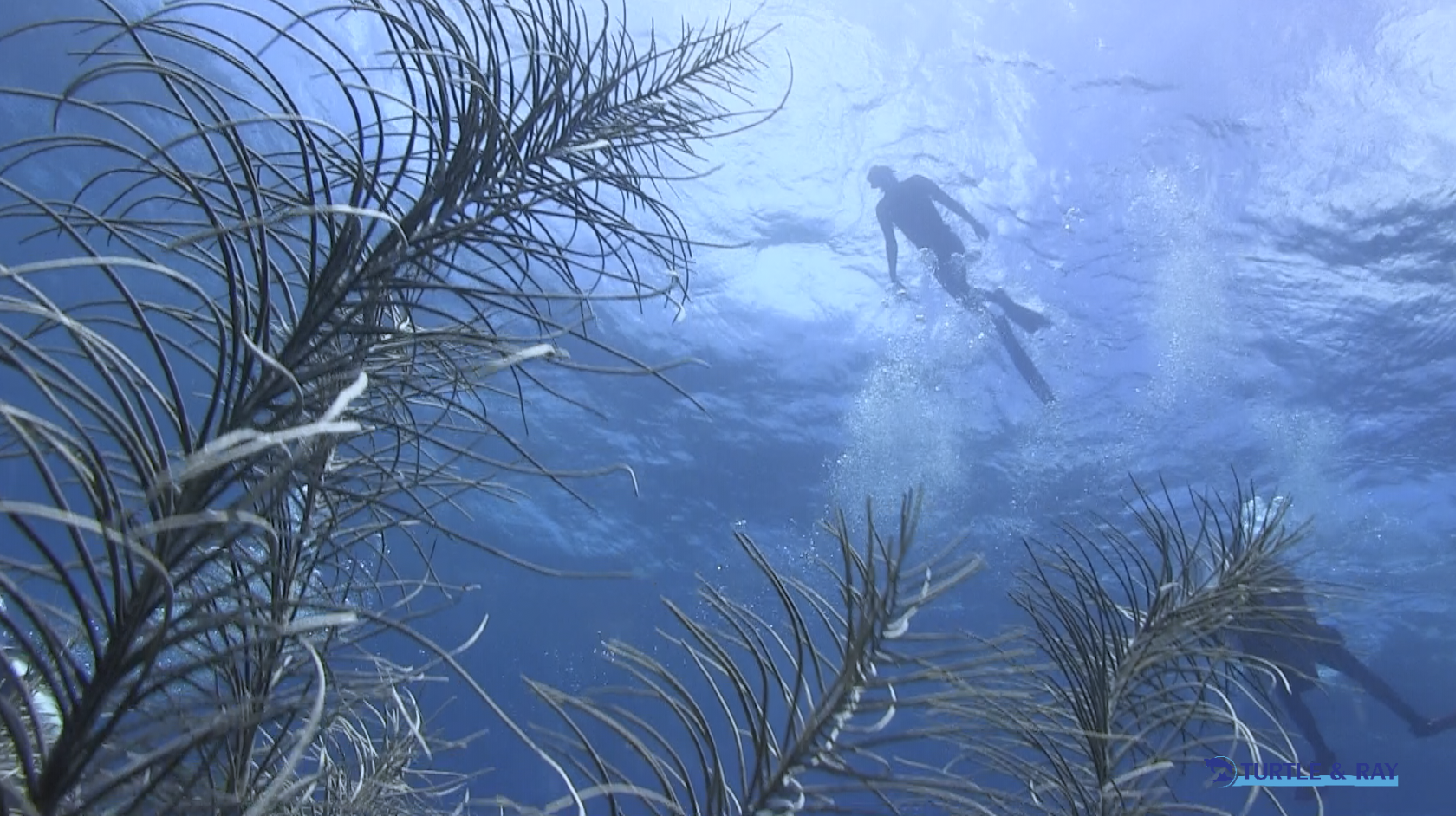
The film, Curacao Underwater Kunuku (Kunuku is Papiamento for Garden), not only documents this ultimate snorkeling adventure showing you how easy it is for everyone to access and enjoy a snorkel or diving experience, but it also showcases the interaction between man and nature, highlighting the beauty of underwater life while promoting conservation, preservation and the need to protect these vital habitats.
These are the key ingredients to this beautiful short film documentary. Watch NOW and please enjoy our “CURACAO UNDERWATER KUNUKU”.
This film, produced by the Lawrence Mensa Foundation (LMF), is also available in multiple languages including: Spanish, Papiamentu, Dutch, Portuguese and German.


